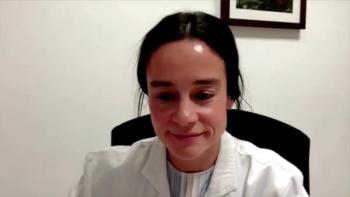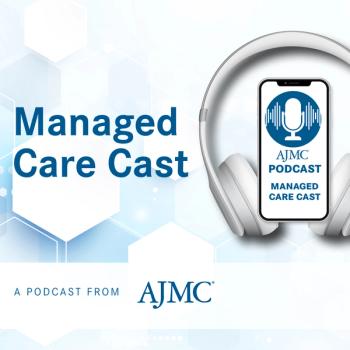
Dr Gregory Vidal Highlights RPM Technologies for His Patients With Breast Cancer

During the COVID-19 pandemic, there has been a lot of experimentation with new technologies for remote patient monitoring (RPM) to improve adherence and survival, according to Gregory Vidal, MD, PhD, medical oncologist specializing in breast cancer at West Cancer Center.
During the COVID-19 pandemic, there has been a lot of experimentation with new technologies for remote patient monitoring to improve adherence and survival, according to Gregory Vidal, MD, PhD, medical oncologist specializing in breast cancer at West Cancer Center.
Transcript
What technology are you typically using for remote patient monitoring with cancer patients?
So, a lot of the technology is early in development. Actively in the clinical setting, we do sort of teleconsultation using computers, iPads, and through different means. I think that's the one that I use most frequently. So, every day in clinic I have a certain percentage of my clinic patients for whom I do teleconsultation.
Our patients also use our portal to report patient-reported outcomes. We use at our center a PCM—patient care monitor—that allows patients, it's a validated tool, to report the outcomes. And we've placed that on our portal, so patients actually are able to use that that way. Another aspect of remote monitoring that I've been involved in is a registry called Neat-HER with Puma [Biotechnology], where we're trying to gather information on how patients use the drug, what are their side effects, and also if there is anything new going on with the drug through remote monitoring. We use a portal called PicnicHealth, where all of these patients can gather your information and make it available for them and also available for the registry. And they can also pass that information on to the other practitioners who they go to visit.
And then in the clinical trial setting, I do have about 300 or so patients who participate in our clinical trial, utilizing an app that we're now testing, which is trying to investigate as to whether prompting patients—patients reporting their outcomes, which then gets to the care team, and the care team then follows back up—whether or not that improves adherence and, ultimately, survival for those patients.
Newsletter
Stay ahead of policy, cost, and value—subscribe to AJMC for expert insights at the intersection of clinical care and health economics.








































